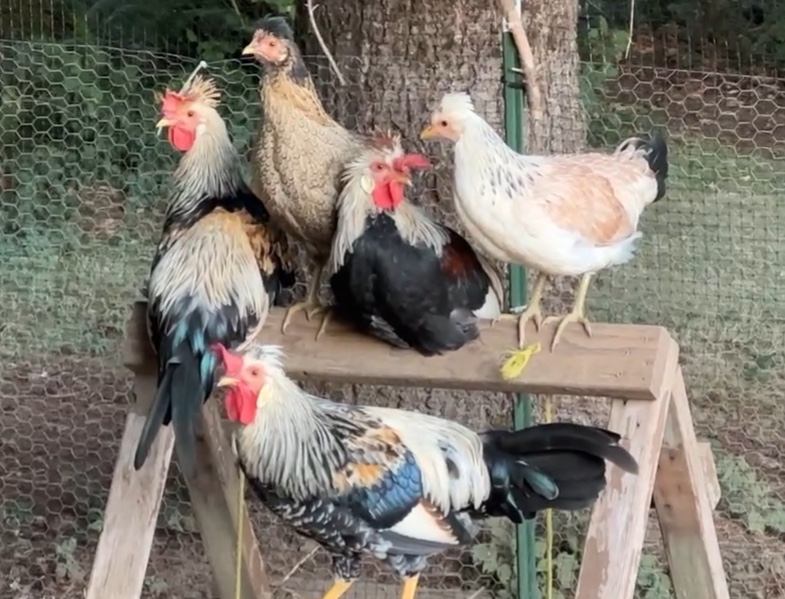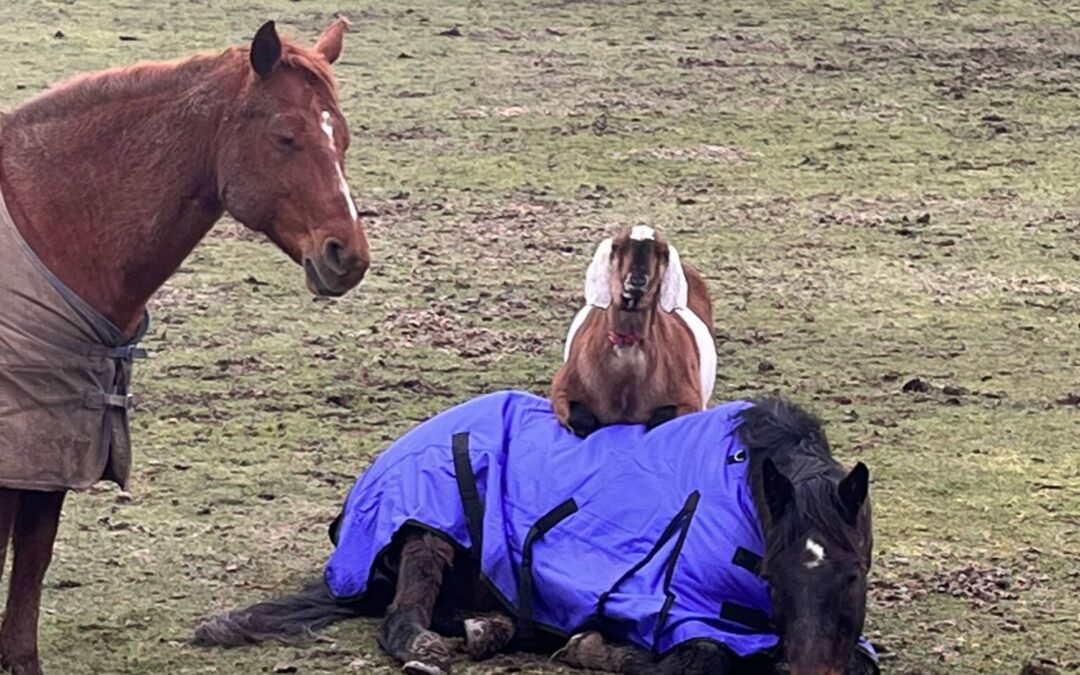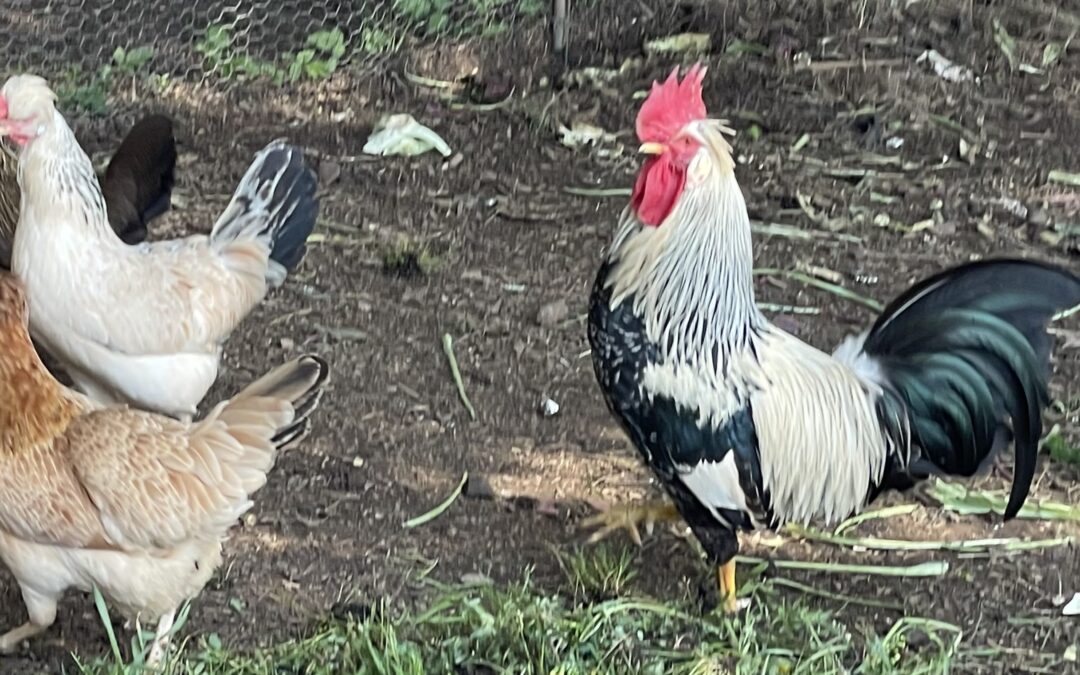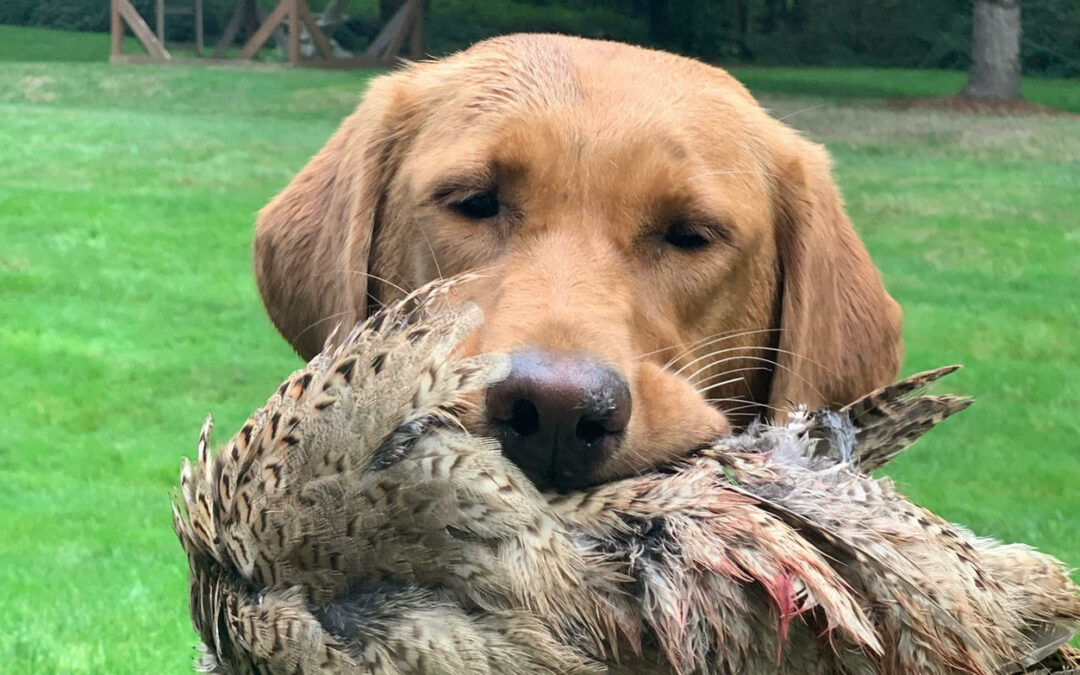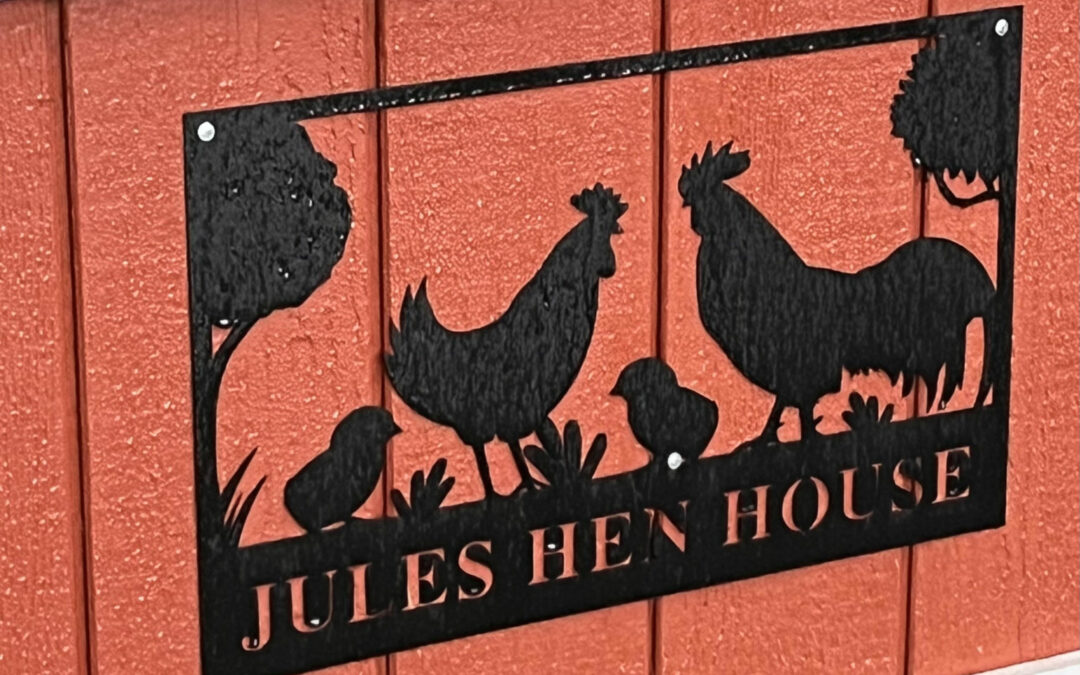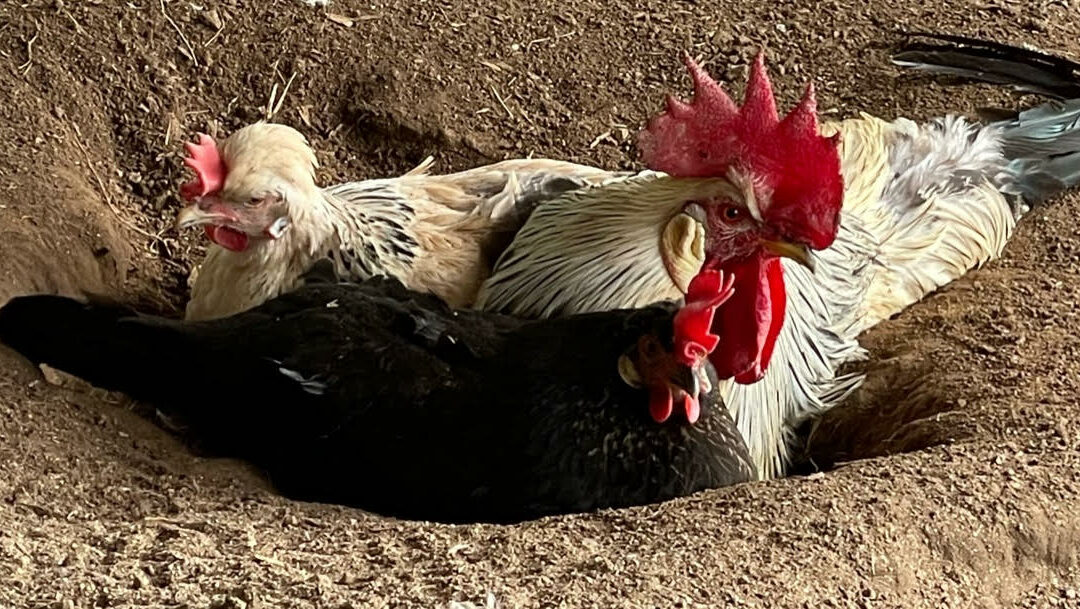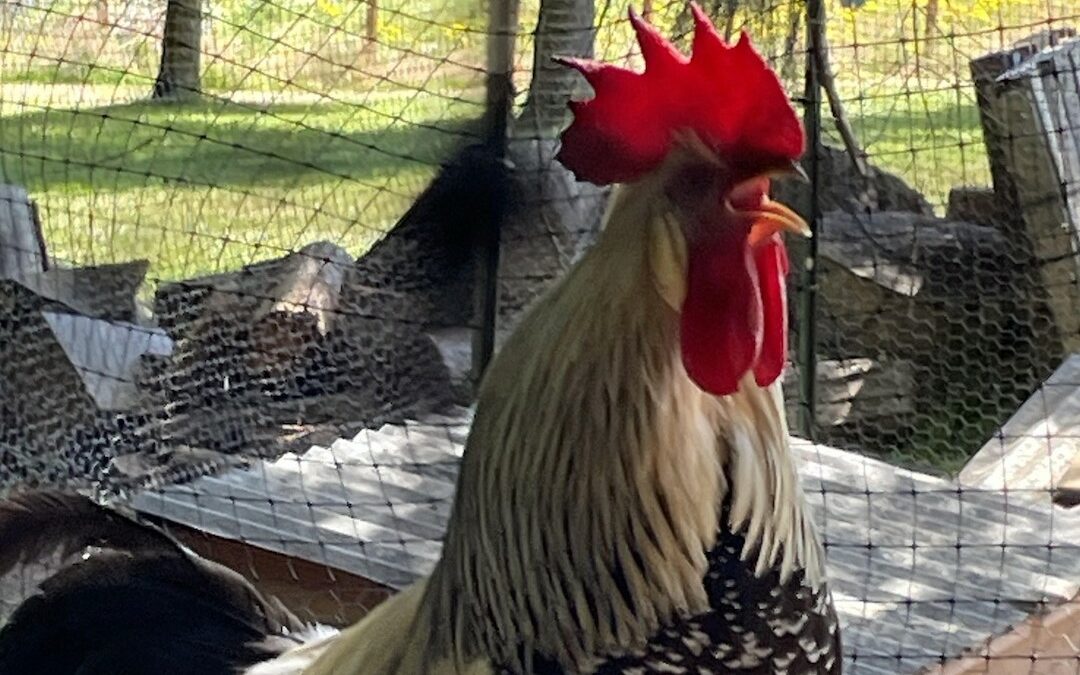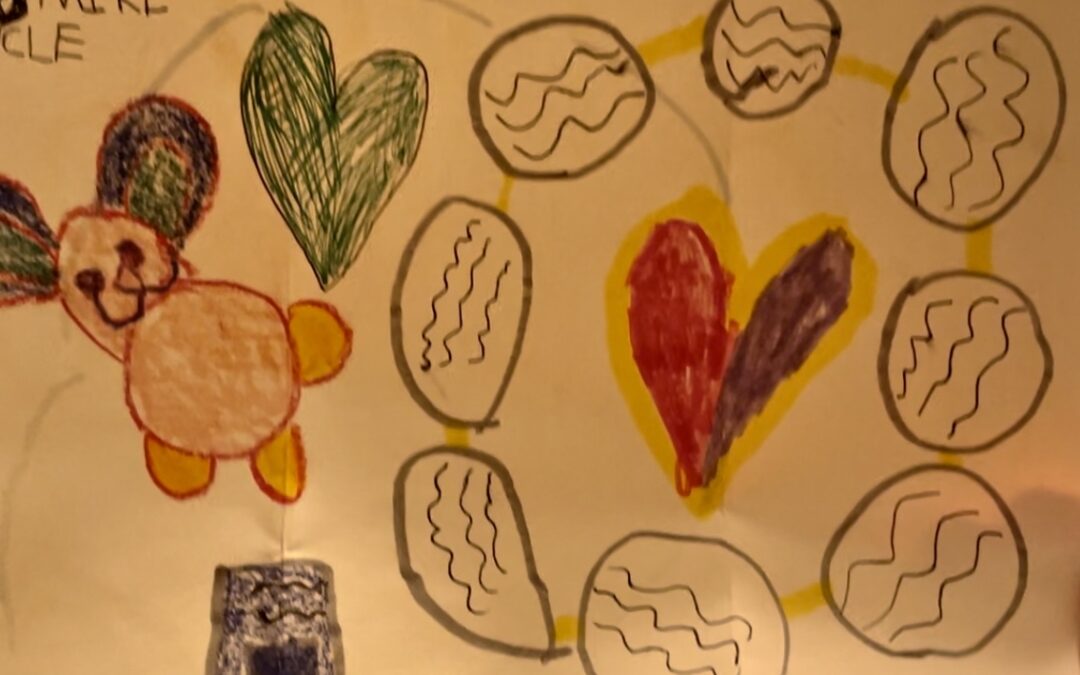
I Can’t Draw!
If you have spent much time with me, you will know that I love to create things, but I’m not too artistic. I have this mental picture of what I want to draw, but when it comes to creating that picture with a brush, pen, or Apple Pencil, what actually is formed is very different from what I see in my mind.
When I started thinking about getting chickens, I knew I needed a chicken coop. I was advised not to purchase a coop as they tend not to hold up. So, during the pandemic shutdown, I realized it was time to build my coop. The rest of the details that would take us from building a coop to actually getting farm-fresh eggs were a bit fuzzy to me (my husband would probably say they were very fuzzy). But I didn’t care, I was ready to start that journey.
The reality is that it took me a lot longer than I expected to reach a point where I had the whole Chicken Mama thing figured out. It seemed like a constant learning process, starting with the fact that chickens can fly (hence the phrase “the chickens flew the coop”). For the first year or so, I never knew what to expect when I went to the coop, but I knew it wasn’t going to be predictable.
Over time, my husband and I began to come to agreement on what we were trying to achieve. Yes, the initial goal was to have farm-fresh eggs, but, ultimately, we realized we had a real opportunity to use our property for more than an egg-making adventure. We agreed to stick to animals that can fly, including fryers (chickens you can eat) and turkeys. And just recently he added the idea of ducks?!?
So we know where we are going long-term, but we need a pathway to get there. And that is where drawing comes in. What should Marlee Acres look like three years from now on our way to achieving our 10-year target? We need additional coops for the different chickens and turkeys, we need the skills to kill and prep our birds, we need the time to focus on all these birds and, ideally, we will have dogs that won’t chase and kill our chickens. In other words, my picture needs to be a bit less fuzzy and much more crystal clear.
This is the same process I take my clients through as we develop their three-year picture. I like to ask them, Are you ready to start drawing? Then we go to work creating a picture of what their organization will look like on the way to achieving their 10-year target. This is where we get specific about what they will achieve in the next three years.
Drawing this picture is beneficial because if everyone on the leadership team can see the same thing, the chances of achieving it are so much greater.
During this exercise, I encourage the team to consider all aspects of the business, including their role, the size of the organization, the work being done, the locations and their reputation in the marketplace.
With one of my clients, after we drew the picture, I asked if everyone could see it, and someone said, “No, some parts are still fuzzy.” The leadership team kept working on their drawing until they could all see it and were excited to be a part of it.
This isn’t an exercise in which you want to just go along to get along with everyone on the leadership team. If everyone on your team can’t answer “Heck Yes” to the question “Can you see it?” we haven’t done our best work.
When you nail it, the excitement in the room is amazing! And people are excited to get to work achieving the picture you’ve drawn.
If you look at your three-year picture and can’t say “Heck Yes” – email me. I might not be much of an artist, but I can help you and your leadership team draw an exciting, compelling picture of the future of your company.

